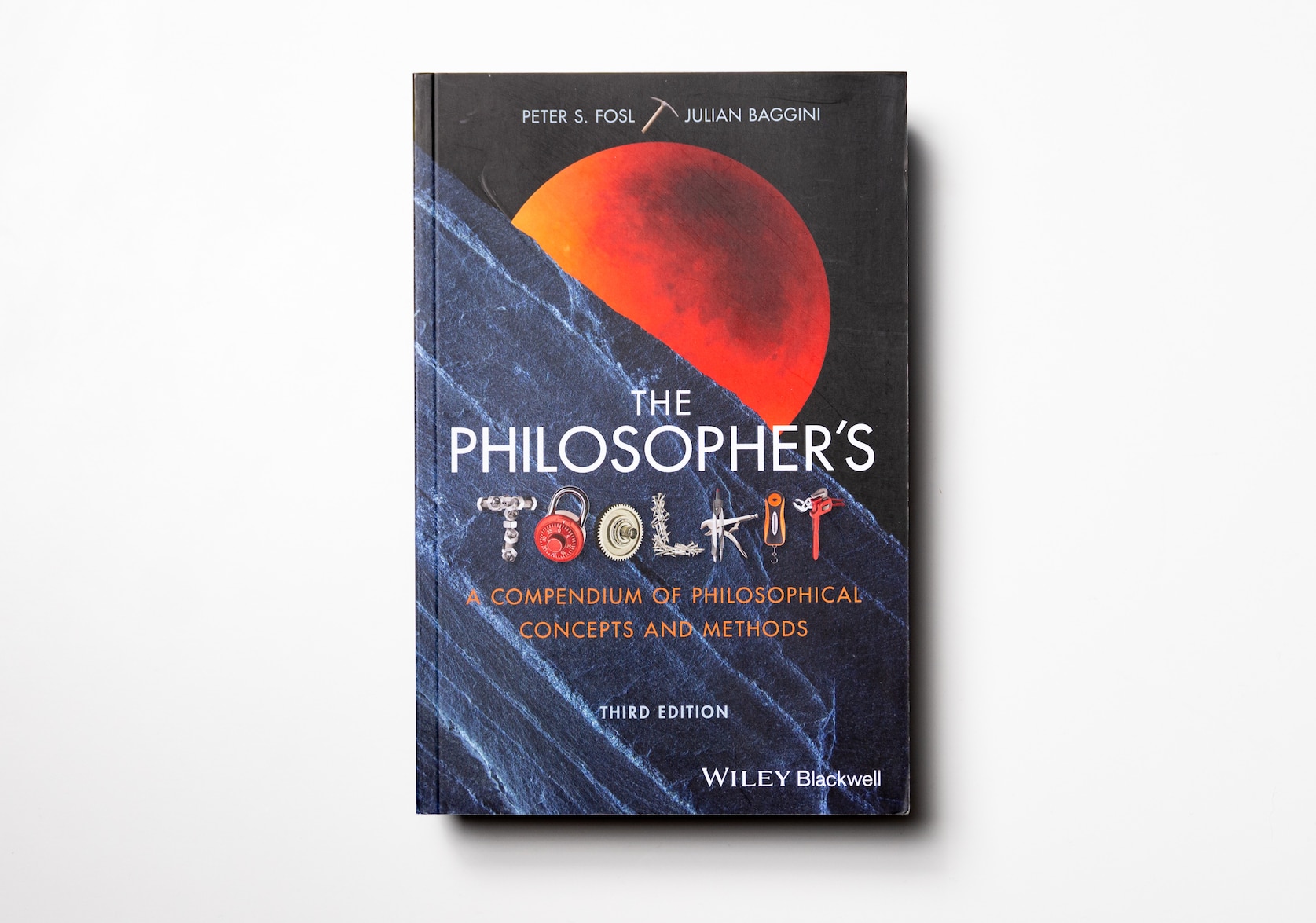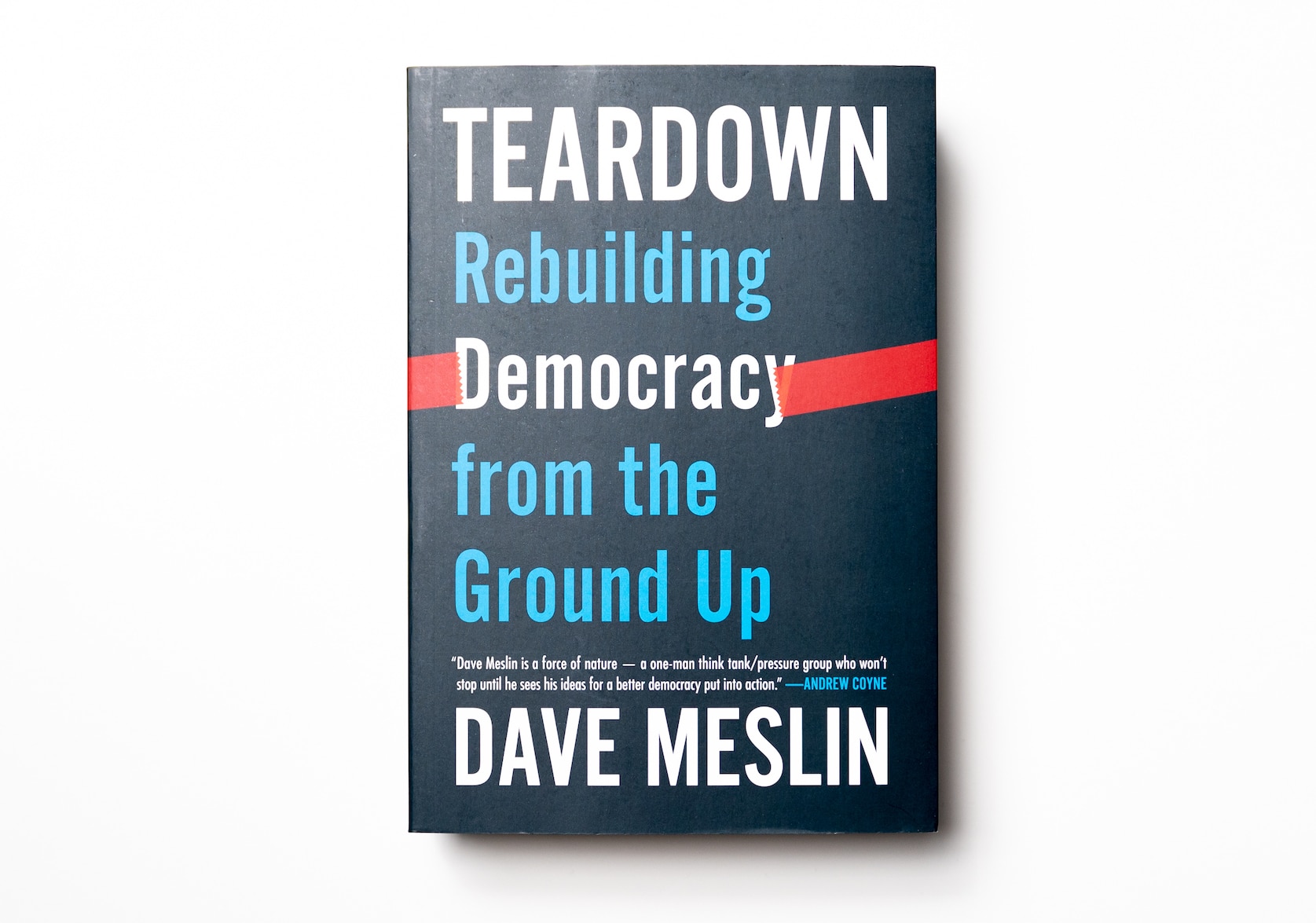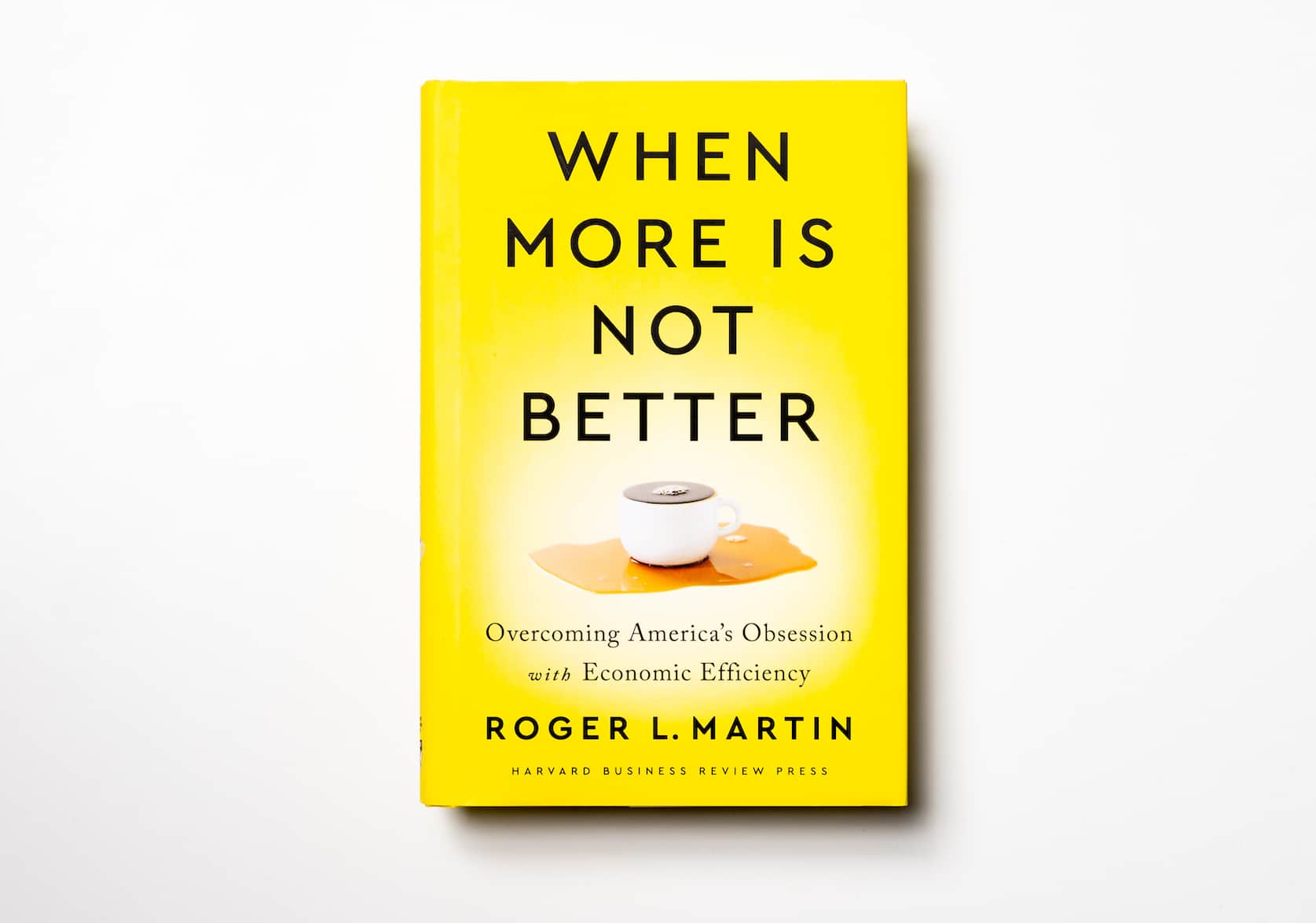Figuring by Maria Popova
C$25.00
Paperback, 592 pages, ISBN: 9780525565420
Published by Knopf Doubleday Publishing Group, 2020
Buy this book from independent bookstores or those who support them:
Canada only (select your indie bookshop):
US only (Bookshop.org):
(Young W may make a small commission if you buy this book via the links on this page. Please note that prices may vary from the one listed here.)
NAMED A BEST BOOK OF THE YEAR BY ESQUIRE AND BOOKPAGE
Figuring explores the complexities of love and the human search for truth and meaning through the interconnected lives of several historical figures across four centuries beginning with the astronomer Johannes Kepler, who discovered the laws of planetary motion, and ending with the marine biologist and author Rachel Carson, who catalyzed the environmental movement.
Stretching between these figures is a cast of artists, writers, and scientists mostly women, mostly queer whose public contribution have risen out of their unclassifiable and often heartbreaking private relationships to change the way we understand, experience, and appreciate the universe. Among them are the astronomer Maria Mitchell, who paved the way for women in science; the sculptor Harriet Hosmer, who did the same in art; the journalist and literary critic Margaret Fuller, who sparked the feminist movement; and the poet Emily Dickinson.
Emanating from these lives are larger questions about the measure of a good life and what it means to leave a lasting mark of betterment on an imperfect world: Are achievement and acclaim enough for happiness? Is genius? Is love? Weaving through the narrative is a set of peripheral figures Ralph Waldo Emerson, Charles Darwin, Elizabeth Barrett Browning, Herman Melville, Frederick Douglass, Nathaniel Hawthorne, and Walt Whitman and a tapestry of themes spanning music, feminism, the history of science, the rise and decline of religion, and how the intersection of astronomy, poetry, and Transcendentalist philosophy fomented the environmental movement.
Praise for Figuring:
“[A] passionate and erudite pursuit of truth and beauty.” – Booklist (starred review)
“Intimate . . . timely . . . Figuring thunders along with a novelistic intensity, propelled by the organic drama of its extraordinary lives . . . It speaks to the quality of Popova’s own writing that it survives comparison with the literary giants of the last four centuries. Her wonderfully deft and sincere prose melts down the raw materials of heavy research into a coruscating flow of ideas, images, and insights that add skin and sinew to the bones of biographical fact to create a forward-looking history that’s both timely and timeless.” – Vanity Fair
“Strange and lovely . . . [An] ambitious, challenging and somewhat category-defying book . . . fascinating . . . beautiful.” – The New York Times Book Review
“An intricate tapestry in which the lives of these women, and dozens of other scientific and literary figures, are woven together through threads of connection across four centuries . . . In Figuring, we are thrust into a waltz of exquisitely honed minds most of them belonging to women, many of them sexually queer all insisting on living to their fullest.” – The Washington Post
“Poignant . . . dynamic and engaging . . . Figuring, if anything, serves as a corrective to the male/straight school of historical writing, showcasing women who tried to live their own lives and create their own worlds in the face of dismissal and neglect. Finally, perhaps, women like Fuller, Mitchell, and Carson have found their best chronicler.” – Book and Film Globe
“Figuringis a love letter to scientists of the past, women whose lived have all too often been eclipsed. . . striking. . . profound. . . dizzying in its scope. . . inspirational. . . There is grandeur and beauty in this view of science. . . few have so fulsomely explored how science and poetry, love and learning, and affairs of the heart intertwine in a way that, even after more than 500 pages, leaves one trembling for more. But like other affairs of the heart, the joys of reading Popova’s prose are perhaps best experienced for oneself.” – Science!
“Fans of polymath Maria Popova’s popular website, Brain Pickings, will find themselves right at home in Figuring, her audacious new work of intellectual history that focuses on the lives of a coterie of brilliant women. . . Figuring invites the reader to engage with complex ideas and challenging personalities, unearthing a wealth of material for further reflection along the way.” – BookPage (starred review)
“Fascinating . . . Piecing together human truths and the remarkable details of these lives well-lived into an extraordinary mosaic of human existence, Figuring reveals our timeless interconnectedness, and the inevitable, although improbable, intersections of our lives in the vastness of the universe.” – BookTrib
“This is an ocean-deep and sky-uplifting book, an elaborate feast for both brain and soul. Written by the beyond brilliant Popova, it explores colossal questions through the interwoven lives of historical figures across centuries and disciplines including science, literature and art. There are galaxies of themes in the cosmos of Figuringit’s a literary masterpiece like nothing else but most of all, it’s a book on love, on meaning, on beauty, and on being.” – Yana Buhrer Tavanier, TED.com
“[With] the immediacy of eyewitness accounts . . . Popova has an uncanny ability to spot what connects a wide range of notable figures from different disciplines across four centuries . . . lyrical and imaginative . . . Figuring is itself a vivid demonstration of how one book feeds into another, and ideas ripple outwards across continents for hundreds of years, setting off a chain reaction of new discoveries . . .” – The Times Literary Supplement
“A musical, poetic modern classic . . . especially fine and fresh . . . Among the most compelling biographical pages I have ever read, rendering me incapable of closing the book.” – The Irish Times
“The polymathic Popova, presiding genius behind brainpickings.org, looks at some of the forgotten heroes of science, art, and culture . . . she peppers thoughtful, lucid consideration of acts of the imagination with stories that, if ever aired before, are too little known . . . Throughout her complex, consistently stimulating narrative, the author blends biography, cultural criticism, and journalism to forge elegant connections: Dickinson feeds onto Carson, who looks back to Mitchell, who looks forward to Popova herself, and with plenty of milestones along the way . . . A lyrical work of intellectual history, one that Popova’s many followers will await eagerly and that deserves to win her many more.” – Kirkus Reviews (starred review)
“A masterful weave of astronomy, social justice and human consciousness. It also contains age-old lessons for storytellers whose job is to bring new ideas to wide audiences.” – Thrive Global
“A work of alchemy . . . In her hands, biography becomes liquid gold . . . Figuring is a dense and intricate read, but Popova’s writing is clear and simple, designed to draw people in. She doesn’t obfuscate for the sake of it. The complexity is earned, even necessary for the tapestry she’s creating . . . it’s full of wonder, emotion and love . . . ” – The Michigan Daily
“There is no one in American letters quite like Maria Popova . . . Through page after page of prose, I accompanied Maria Popova and her cast of characters until the larger picture came into focus. Looking into these lives was an invitation to look into my own, which seemed exactly Popova’s point. Those for whom deep reading and existential questioning are more pleasure than hardship will find this book good company.” – The Charleston Post and Courier
About the author:
Maria Popova
is a reader and a writer, and writes about what she reads on The Marginalian (themarginalian.org) (formely Brainpickings), which is included in the Library of Congress’s permanent digital archive of culturally valuable materials. She hosts The Universe in Versean annual celebration of science through poetry – at the interdisciplinary cultural center Pioneer Works in Brooklyn. She grew up in Bulgaria immersed in music and mathematics.
Excerpt:
All of it the rings of Saturn and my father’s wedding band, the underbelly of the clouds pinked by the rising sun, Einstein’s brain bathing in a jar of formaldehyde, every grain of sand that made the glass that made the jar and each idea Einstein ever had, the shepherdess singing in the Rila mountains of my native Bulgaria and each one of her sheep, every hair on Chance’s velveteen dog ears and Marianne Moore’s red braid and the whiskers of Montaigne’s cat, every translucent fingernail on my friend Amanda’s newborn son, every stone with which Virginia Woolf filled her coat pockets before wading into the River Ouse to drown, every copper atom composing the disc that carried arias aboard the first human-made object to enter interstellar space and every oak splinter of the floorboards onto which Beethoven collapsed in the fit of fury that cost him his hearing, the wetness of every tear that has ever been wept over a grave and the yellow of the beak of every raven that has ever watched the weepers, every cell in Galileo’s fleshy finger and every molecule of gas and dust that made the moons of Jupiter to which it pointed, the Dipper of freckles constellating the olive firmament of a certain forearm I love and every axonal flutter of the tenderness with which I love her, all the facts and figments by which we are perpetually figuring and reconfiguring realityÑit all banged into being 13.8 billion years ago from a single source, no louder than the opening note of Beethoven’s Fifth Symphony, no larger than the dot levitating over the small i, the I lowered from the pedestal of ego.
How can we know this and still succumb to the illusion of separateness, of otherness? This veneer must have been what the confluence of accidents and atoms known as Dr. Martin Luther King, Jr., saw through when he spoke of our inescapable network of mutuality, what Walt Whitman punctured when he wrote that every atom belonging to me as good belongs to you.
One autumn morning, as I read a dead poet’s letters in my friend Wendy’s backyard in San Francisco, I glimpse a fragment of that atomic mutuality. Midsentence, my peripheral vision that glory of instinct honed by millennia of evolution pulls me toward a miraculous sight: a small, shimmering red leaf twirling in midair. It seems for a moment to be dancing its final descent. But no it remains suspended there, six feet above ground, orbiting an invisible center by an invisible force. For an instant I can see how such imperceptible causalities could drive the human mind to superstition, could impel medieval villagers to seek explanation in magic and witchcraft. But then I step closer and notice a fine spider’s web glistening in the air above the leaf, conspiring with gravity in this spinning miracle.
Neither the spider has planned for the leaf nor the leaf for the spider and yet there they are, an accidental pendulum propelled by the same forces that cradle the moons of Jupiter in orbit, animated into this ephemeral early-morning splendor by eternal cosmic laws impervious to beauty and indifferent to meaning, yet replete with both to the bewildered human consciousness beholding it.
We spend our lives trying to discern where we end and the rest of the world begins. We snatch our freeze-frame of life from the simultaneity of existence by holding on to illusions of permanence, congruence, and linearity; of static selves and lives that unfold in sensical narratives. All the while, we mistake chance for choice, our labels and models of things for the things themselves, our records for our history. History is not what happened, but what survives the shipwrecks of judgment and chance.
Some truths, like beauty, are best illuminated by the sidewise gleam of figuring, of meaning-making. In the course of our figuring, orbits intersect, often unbeknownst to the bodies they carry intersections mappable only from the distance of decades or centuries. Facts crosshatch with other facts to shade in the nuances of a larger truth not relativism, no, but the mightiest realism we have. We slice through the simultaneity by being everything at once: our first names and our last names, our loneliness and our society, our bold ambition and our blind hope, our unrequited and part-requited loves. Lives are lived in parallel and perpendicular, fathomed nonlinearly, figured not in the straight graphs of biography but in many-sided, many-splendored diagrams. Lives interweave with other lives, and out of the tapestry arise hints at answers to questions that raze to the bone of life: What are the building blocks of character, of contentment, of lasting achievement? How does a person come into self-possession and sovereignty of mind against the tide of convention and unreasoning collectivism? Does genius suffice for happiness, does distinction, does love? Two Nobel Prizes don’t seem to recompense the melancholy radiating from every photograph of the woman in the black laboratory dress. Is success a guarantee of fulfillment, or merely a promise as precarious as a marital vow? How, in this blink of existence bookended by nothingness, do we attain completeness of being?
There are infinitely many kinds of beautiful lives.
So much of the beauty, so much of what propels our pursuit of truth, stems from the invisible connections between ideas, between disciplines, between the denizens of a particular time and a particular place, between the interior world of each pioneer and the mark they leave on the cave walls of culture, between faint figures who pass each other in the nocturne before the torchlight of a revolution lights the new day, with little more than a half-nod of kinship and a match to change hands.
(Credits: Publisher’s description, excerpt and cover photo have been retrieved from BiblioShare.)
Buy this book from independent bookstores or those who support them:
- Canada only (select your indie bookshop):
- US only (Bookshop.org):







